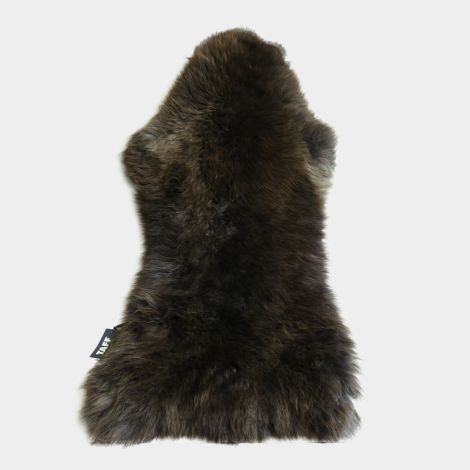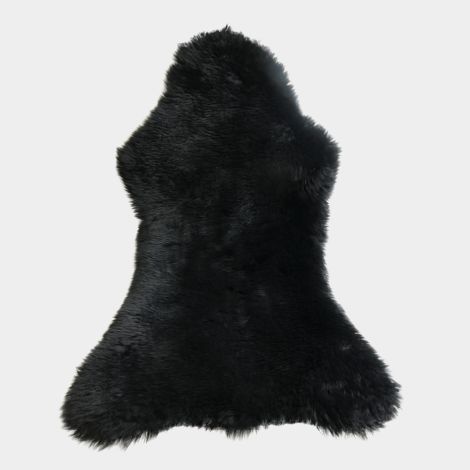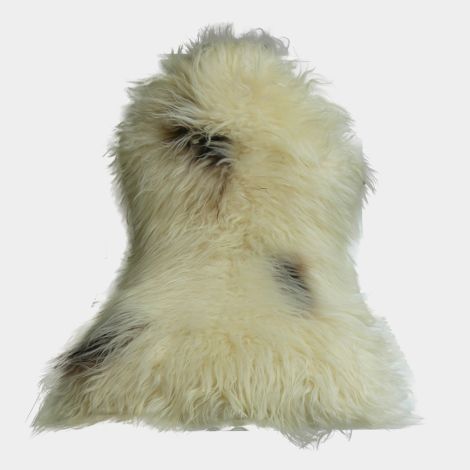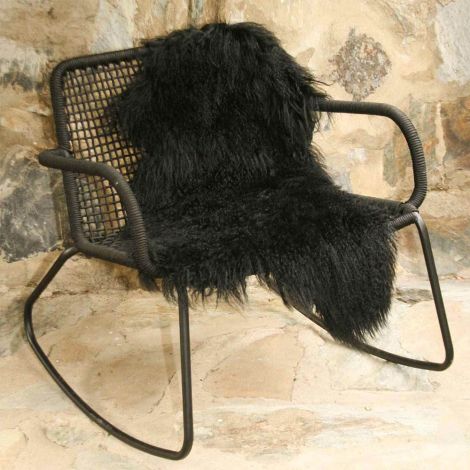Furs
Exclusive furs
Furs have a cozy and at the same time glamorous appearance. They have been used by people for thousands of years, as a blanket, clothing or decoration. Sheepskins and lambskins are classics in white, but the discolorations of gray and black are also making their way into modern interiors. These colors bring timeless, modern and classy accents to your room, whether on the sofa or on the floor. Cow and cattle skins are also no longer available only in the typical brown and white pattern. Here too, in addition to brown, there is the design with black and white and gray and white. With this eye-catching, but at the same time quietly remaining style, you enhance every room with a modern and puristic highlight. We offer high quality furs, processed by hand from some of the best free-range farms in the world.
By not using industrial techniques, natural color gradients are created, giving these special accessories their uniqueness and creating a cozy, elegant atmosphere. Thus, Zawoh offers you the furs and woven furs of Thomas Albrecht Design, whose noble fur creations have been inspiring the metropolises of this world since 1978. Congenial to design classics by Charles Eames or contemporary vitra collections, a style is formed in exclusive manufaktum, so individual and avant-garde that it soon develops an international attraction: from London to Paris, from Tokyo to New York. Thomas Albrecht is considered as an architect among the master furriers. Fascinated by the challenge of further developing an old craft in a style-defining way, the visionary and his creative team deliberately forgo technical aids. Instead, they prefer to refine traditional tricks and add innovative refinements to a production process that takes place entirely on site, in Germany.
The special thing about animal skins and furs as textiles is that they have unique properties, their processing and use is almost as old as mankind itself and there were no substitutes for them before the use of artificial leather from the 20th century.
Today, leather, furs and skins are not only there to keep us warm, but act as status symbols, as they exude exclusivity, high quality and luxury. This is especially true for clothing and handbags, but also in the home & living area, a decorative or home accessory made of fur immediately enhances the entire room. Here fur can be used not only as a rug or throw, but, stretched on pieces of furniture, makes them a very special individual piece.
History of the furs
The first written sources about the tanning of furs date from around 1200 BC, but the Egyptians are said to have processed animal skins several millennia earlier. Already with the Greeks, but also in the Roman Empire, furs had a considerable economic importance. However popular furs were, tanning was considered a dirty craft due to the unhygienic tanning substances and the unbearable odor in the tanneries, and so slaves were forced to perform this physically stressful and unhealthy work.
Industrialization in the 19th century accelerated the manufacturing processes of the furs and made tanning one of the most important industries. Instead of conventional tanning agents, more and more chemicals were now used to obtain the valuable furs, leather and pelts. Since the 20th century, new factors have played a role in the production of the furs, such as animal welfare, environmental protection and competition from the leather industry in Asia.
Furs as beautiful accessories at home
Making the home warm and cozy with furs is not an invention of modern times - furs have always protected people from the cold and provided a soft place to sleep. For some time, however, furs have been replaced by other materials as primary home textiles - be it bedding, carpets or covers - and if, then only sporadically used as decorative elements. Only and only with our younger generation, we have never stopped relying on the natural magnificence of lambskins. Especially in the bedroom looks s fluffy fur wonderful.
With the trend towards naturalness in furnishings, which revived in the 90s, also made the comeback of the fur and they victoriously celebrated their re-entry into our homes. The sheepskin as a bedspread is since then not to be imagined from most bedrooms and just these furs decorate more and more armchairs and designer chairs. Also prove again many courage to opulence and set with a decadent fur overthrow their home sofa in the otherwise minimalist living room. But not only soft long hair fur from lamb, reindeer or sheep may decorate our home, also the stylish spotted cowhide rugs with short hair are real eye-catchers on every floor. These types of fur in the home & living distinguished:
- Long hair fur - fluffy, warm, cozy, these are the characteristics of long hair fur from lamb or sheep. It is particularly suitable as a cover for armchairs, chairs and sofas and in winter as a base on the mattress. Classic: long hair fur as a bed rug.
- Short hair fur - not as cuddly as long hair fur, but excellent as a rug, wall hanging or pillowcase and also to cover pieces of furniture such as poufs or the famous LC 4 lounger by Le Corbusier. Most often it is cowhide or bovine fur.
Cleaning furs properly
Furs are exposed to a lot of wear and tear every time they are cleaned. To prevent your home's fur from suffering too much and losing luster or fluffiness, think carefully about whether cleaning is really necessary or whether it might be enough to expose the fur to fresh air, where it typically cleans itself. Beating out, vacuuming in the direction of hair growth and brushing out with a fur brush can avoid more extensive cleaning. If it does become more grossly soiled, mild wool detergent or special fur wash can help. The cleaning of your fur rugs and cowhides in general should only be done by a professional.




